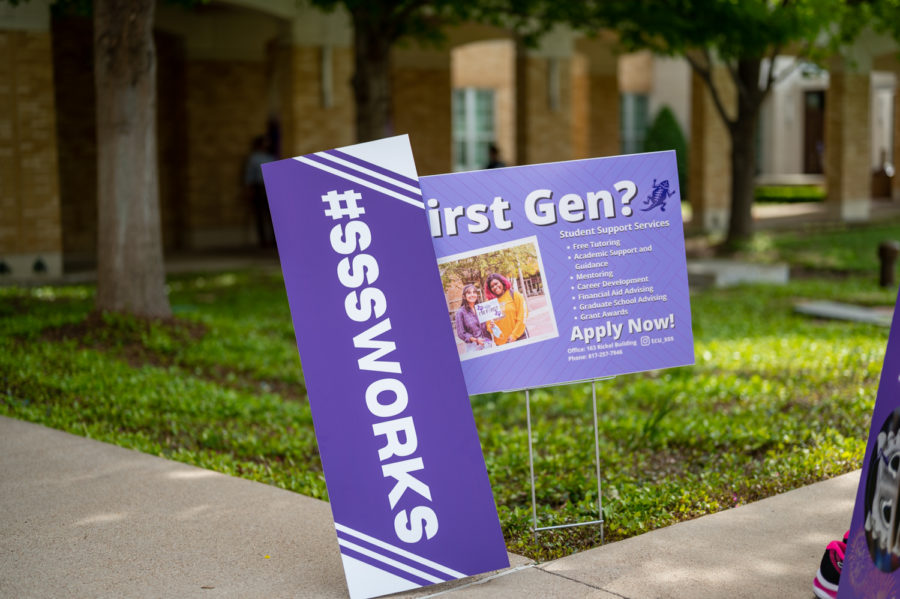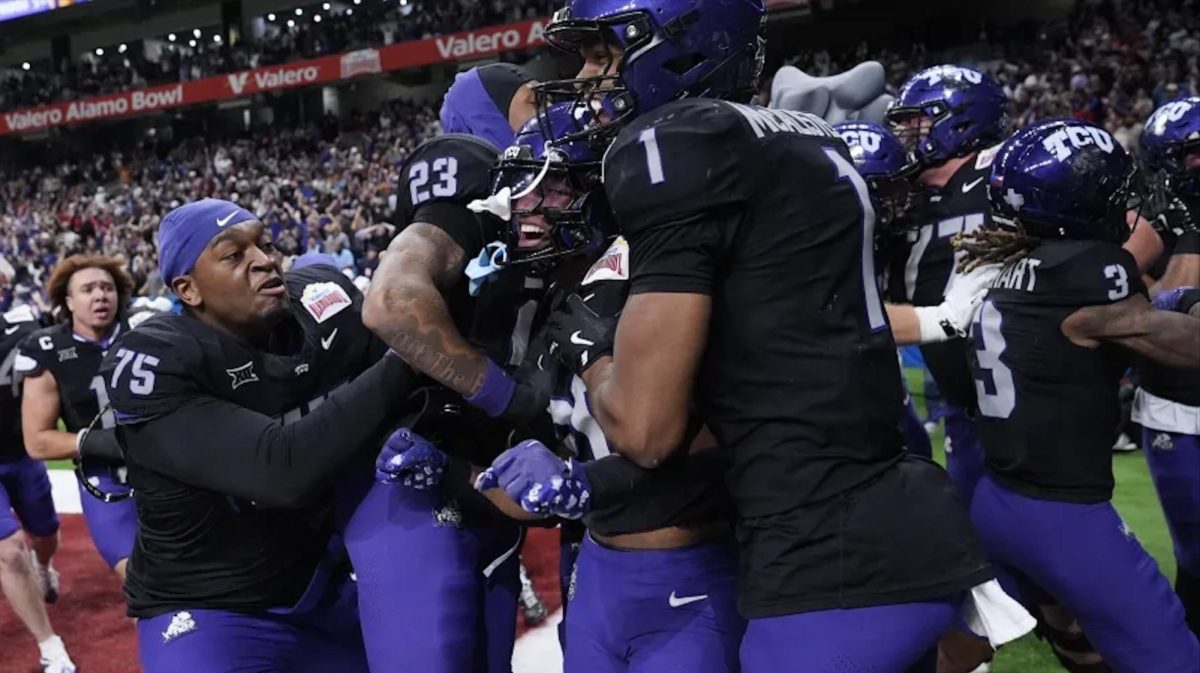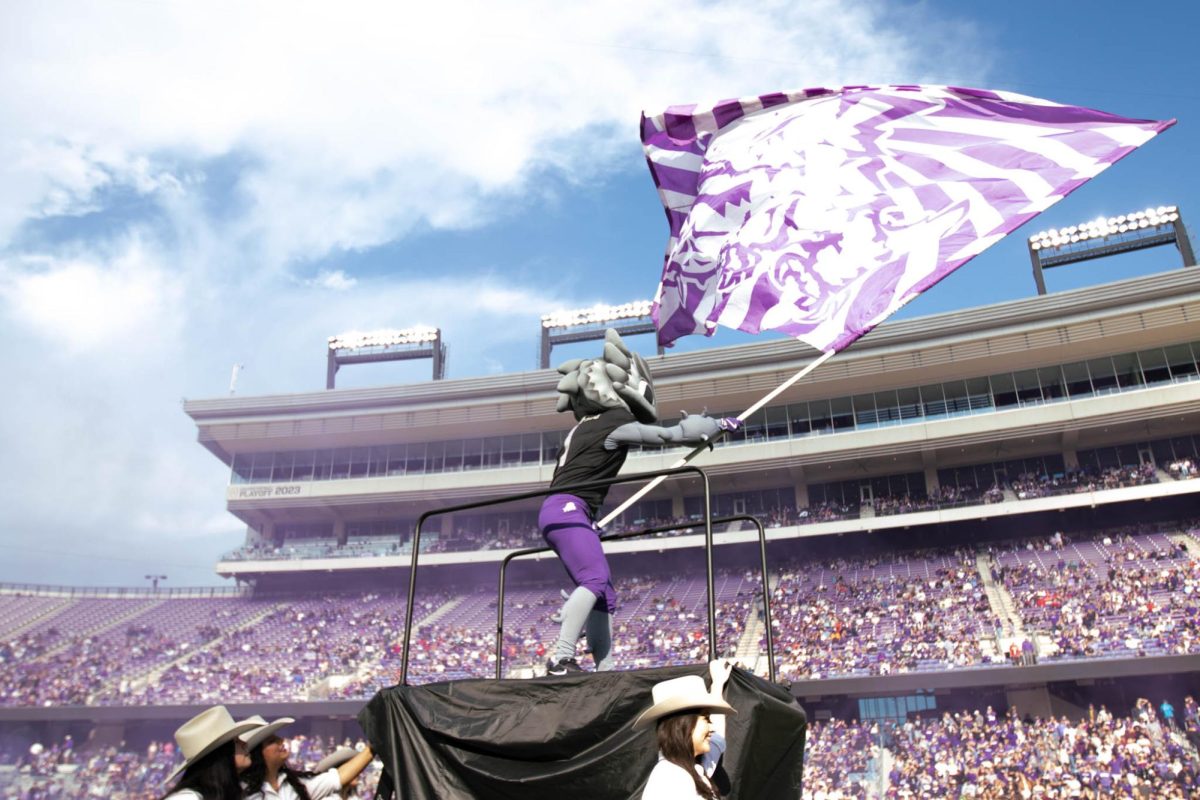When sophomore criminal justice major Kyle Valenci walks to class this semester, his backpack is always packed with required textbooks costing between $600 and $800. The answer to how much students spend on their books depends on who’s being asked: The National Association of College Store’s survey put a $579 estimate on book expenditures for the 2016-17 academic year. The College Board estimates student’s bill for both books and other school supplies to be around $1,200 a year. At TCU, the average student pays $920 for both required books and other school supplies for classes, according to the Office of Financial Aid. About 78 percent of every dollar spent on a textbook goes to a publisher, making the publishers the major decision-makers for textbooks’ price tags. Five textbook publishers control 80 percent of the market, meaning this small group can drive up prices without worrying about losing customers. TCU political science associate professor Adam Schiffer said when he was in college 25 years ago, there were a dozen publishers putting out political science textbooks, but now at least half of those publishers have consolidated into just one. “The fewer you have, the more they are able to act as a near monopoly,” Schiffer said. “They’re not really competing with each other, so they’re able to bump the prices way up.” From January 2006 to July 2016, consumer prices for college textbooks increased by 88 percent, according to the Bureau of Labor Statistics. According to Follett Higher Education, publishers may create a new version of a textbook every two to three years, even if the content is mostly the same. This eliminates the option of reselling cheaper, used books. “We get as many used as we can, but once those are gone we fill the rest of the shelves with new copies,” TCU Campus Store operation manager Sarah Wright said. “In the campus store we bid for used books, so it’s almost like we’re competing against other stores for them, and when the books are gone, they’re gone.” Mathematics instructor Dennis Ledis said he sometimes looks to use these older edition textbooks in his classes because they, “tend to be a bit cheaper and have virtually the same content” as the new editions. Schiffer said it’s important to constantly publish new edition books for political science classes, but constantly providing new editions in other fields of study isn’t as necessary. “Everything’s constantly changing,” he said. “If you’re taking a class in current American politics, you don’t want a book that the last election they cover is 2008.” These new edition textbooks are presented to professors who ultimately decide which books students have to purchase. This system can result in professors choosing textbooks based on quality and content without necessarily considering the best price. Schiffer said since professors don’t buy the books themselves, some aren’t as invested in the cost of the books. “We don’t have to spend our own money,” Schiffer said. “So it’s more likely that we will adopt something that’s more expensive than if we were the ones who actually had to pay for it.” Ledis added there aren’t many cheap textbooks, and if there’s only a $10 difference he would still choose the “better” one for his class. “Since I teach math, some textbooks come with online components, such as access to the e-book, practice quizzes and exams, worked out problems, ‘how-to’ videos,” he said. “All of that content is expensive to create in the first place, so it justifies a higher price.” Other professors look for alternatives to traditional textbooks to lower the cost for students. Accounting professor Elizabeth Plummer said she combats high book prices by using custom publishing, pulling chapters from several different textbooks and consolidating them into one book. 
Categories:
Cost of textbooks on the rise
Published Nov 28, 2017
Junior Film, Television, and Digital Media major Sarah Persson checks out a book in the library. (Photo by Elizabeth Hinz.)
Tags:
More to Discover







